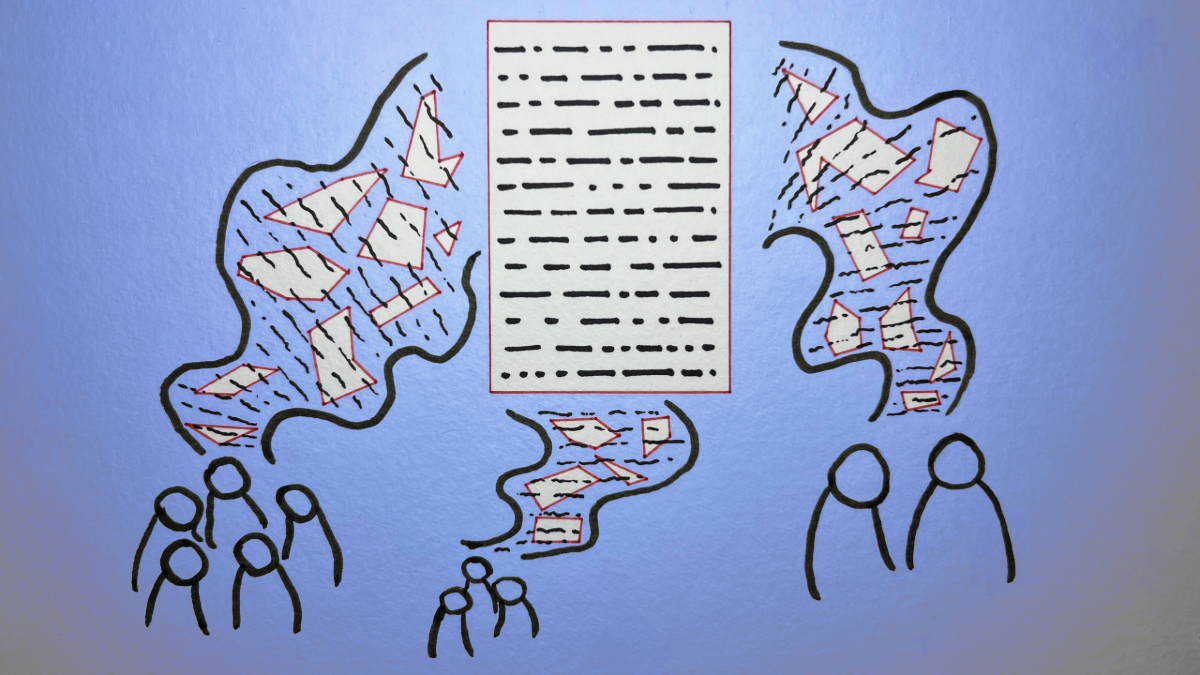The Future is Coded: How AI is Rewriting the Rules of Decision Theaters
The future is no longer just predicted; it’s being actively engineered through advances in generative artificial intelligence (AI). The fusion of AI with strategic foresight methods is transforming how individuals and organizations plan for the future. Traditional scenario planning involved envisioning a few possible futures; now, AI systems can generate and simulate countless scenarios, providing decision-makers with a comprehensive view of potential outcomes.

Generative AI acts as a co-creator in foresight exercises, responding in real-time to stakeholder input and producing nuanced scenarios that would be challenging to create manually. This collaboration between human creativity and machine computation has the potential to redefine decision-making across industries and governments. However, it also raises new governance challenges, including questions about oversight, transparency, accountability, and inclusion.
Generative AI Meets Strategic Foresight
The integration of generative AI with strategic foresight practices is at the heart of this shift. Previously, future planning relied on static models and expert intuition. Now, AI models, including advanced neural networks, can process vast amounts of historical and real-time data to project trends and outcomes with high accuracy. These AI-powered projections work in tandem with human experts, creating a powerful feedback loop that enhances decision-making efficiency.
Rewriting the Rules Across Industries
The combination of generative AI and foresight is not limited to tech companies or futurists; it’s already transforming various industries. For example, in finance, AI is being used to predict economic trends and simulate the impact of different strategies. Similar transformations are occurring in healthcare, urban planning, and tourism, where AI-driven foresight is informing more proactive and data-driven decision-making.
Decision Theaters: Where Collaboration Happens
Advances in AI-enhanced decision-making are playing out in “decision theaters” – specialized environments designed for interactive, collaborative problem-solving. These theaters, equipped with high-resolution displays and data visualization tools, bring together diverse stakeholders to explore complex scenarios. AI models project potential futures, and stakeholders can interact with these projections, asking “what if” questions and receiving immediate feedback.
Governance, Transparency, and Inclusion – A Policy Balancing Act
As AI takes on a more significant role in shaping decisions, governance and ethics can no longer be an afterthought. Policymakers must establish clear frameworks for the use of AI in strategic decision-making, including standards for transparency, accountability, and inclusivity. The European Union’s AI Act is a step in this direction, emphasizing the importance of trust, transparency, and accountability in AI deployment.
A Future of Empowered Decisions – If We Get It Right
The advent of AI-enhanced decision theaters represents a paradigm shift in how societies plan for the future. This new model holds promise for more informed strategies and better navigation of uncertainty. However, realizing this potential requires a conscious effort to balance innovation with governance. By instituting strong transparency requirements, accountability mechanisms, and inclusive processes, we can ensure that AI-enhanced decision-making benefits society as a whole.


